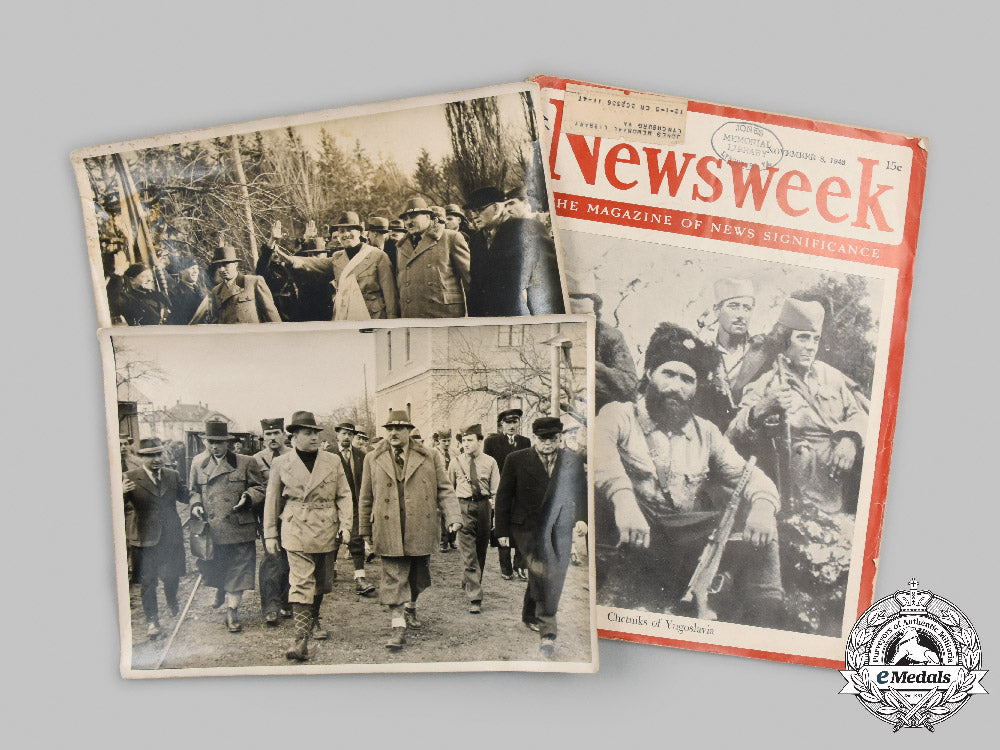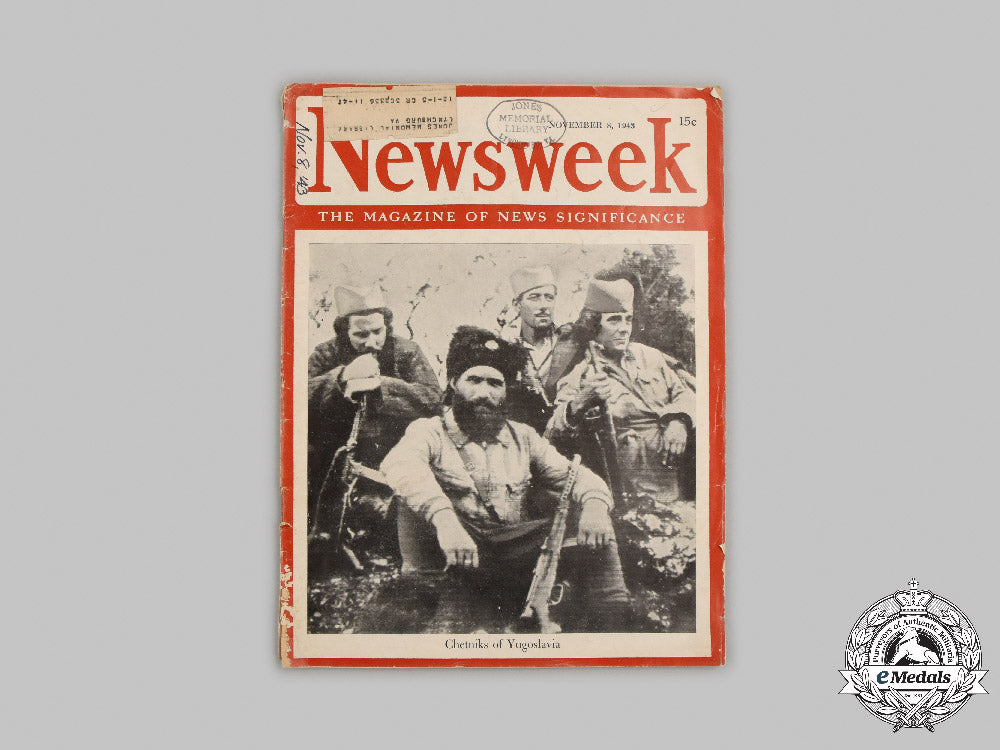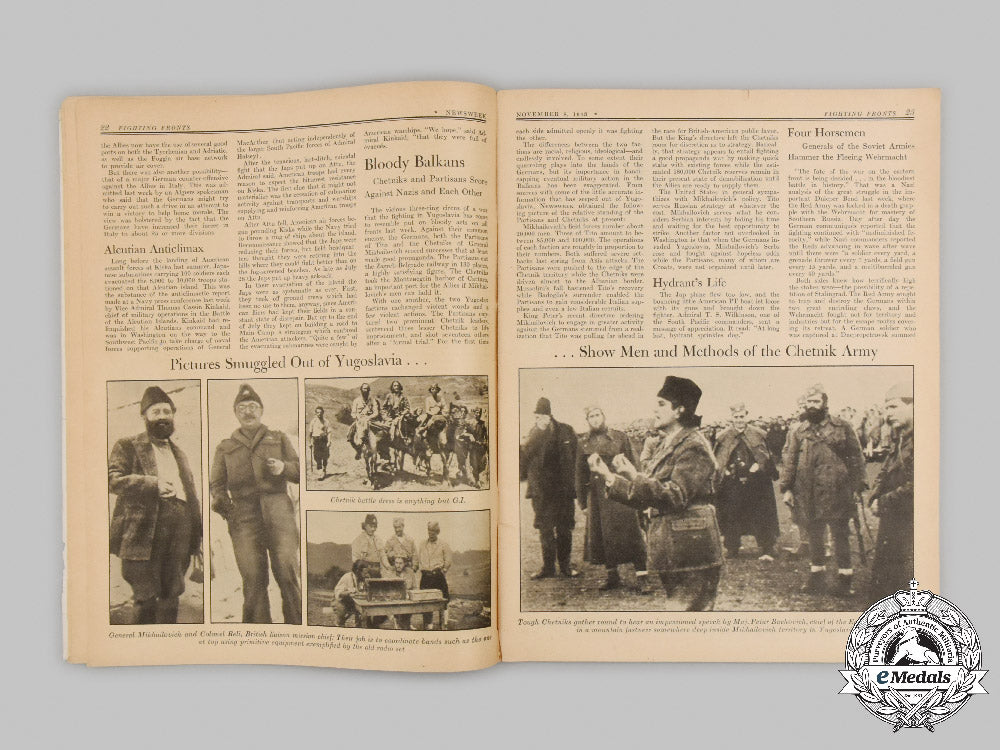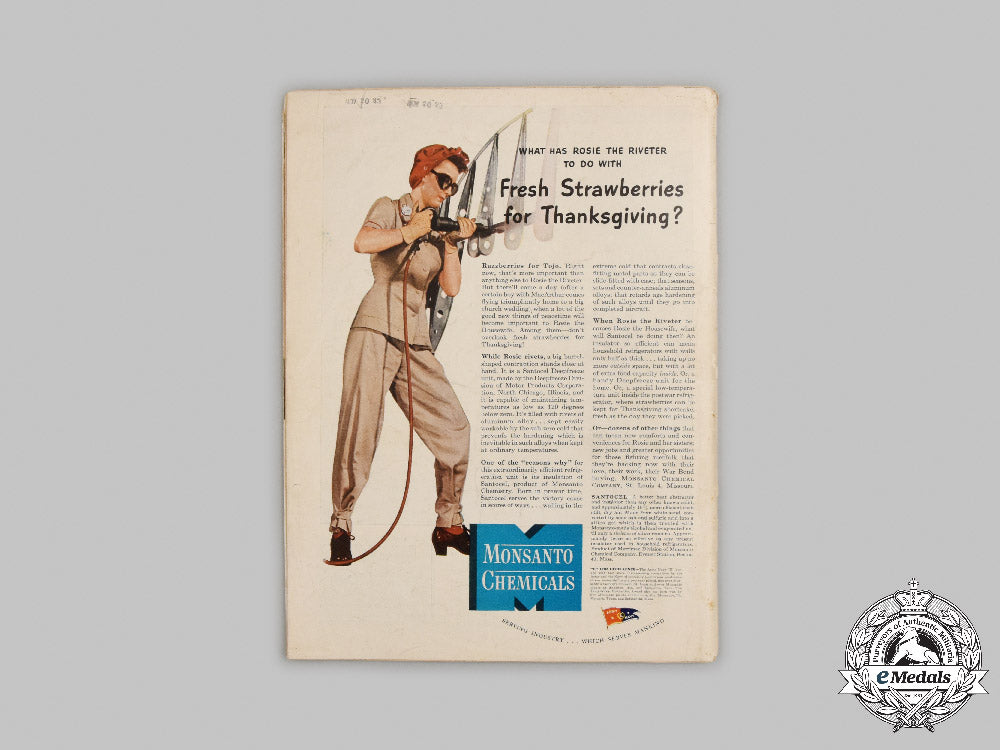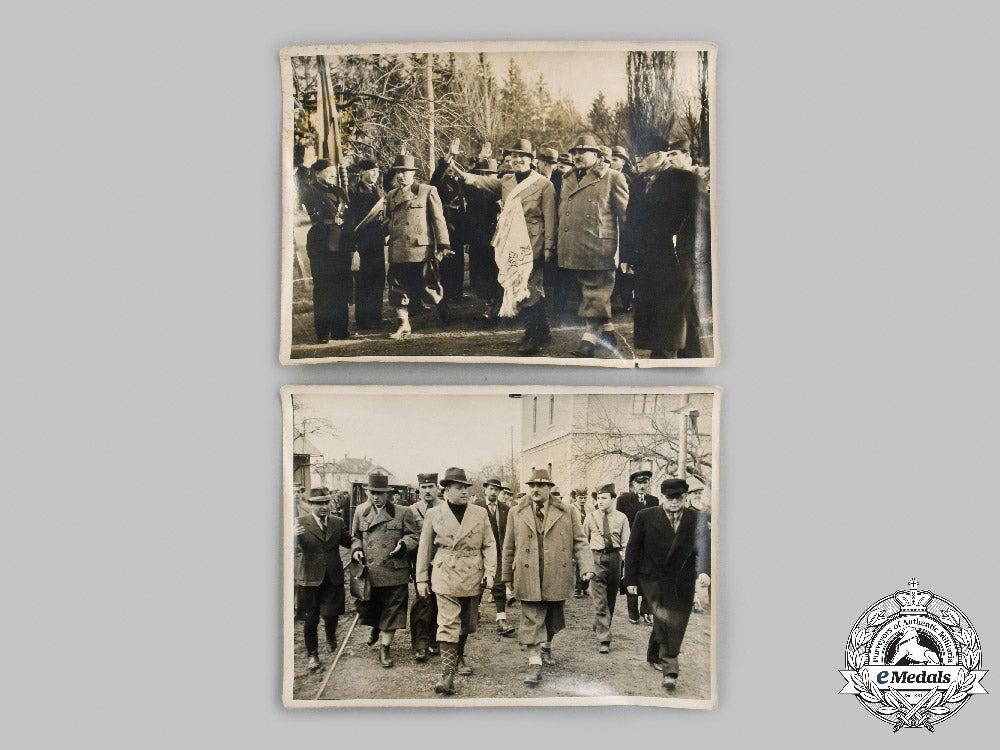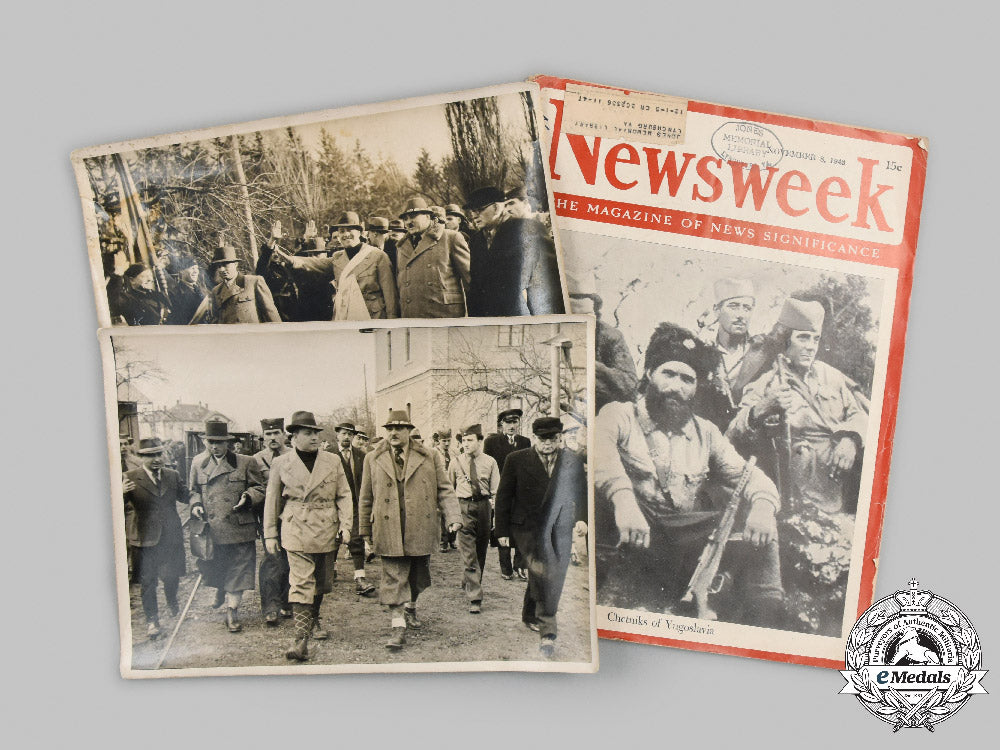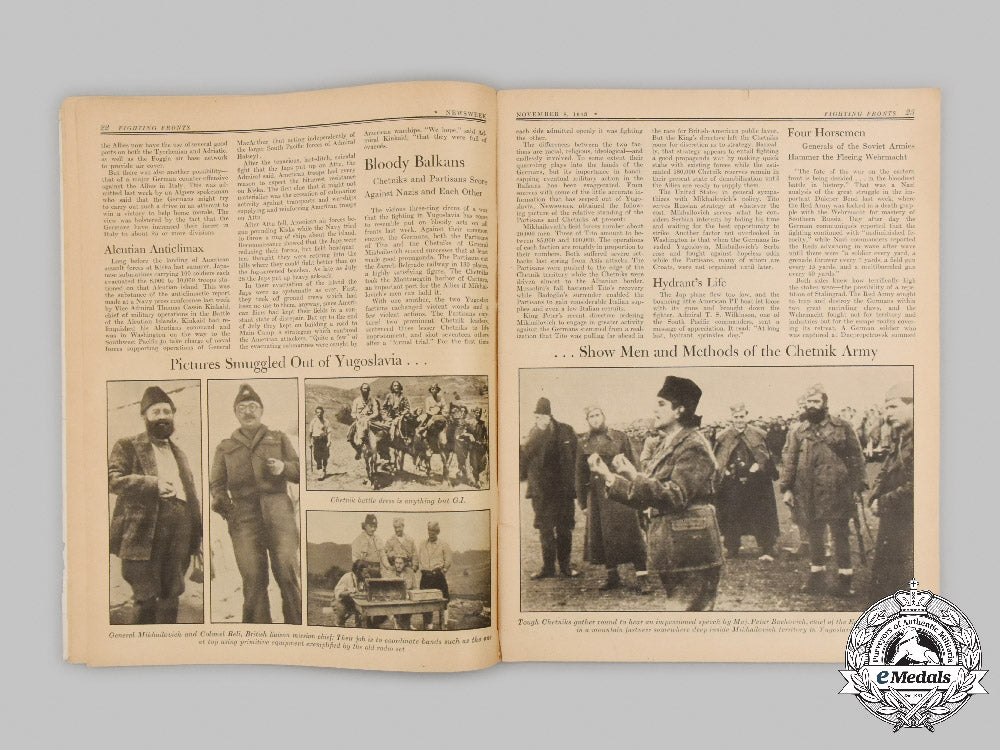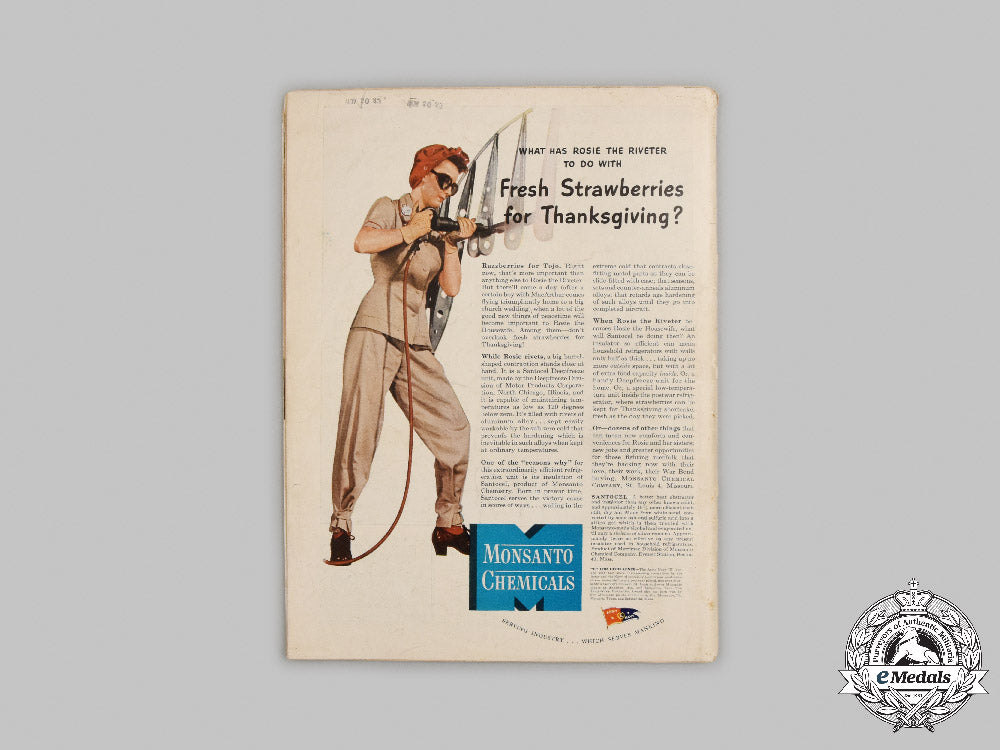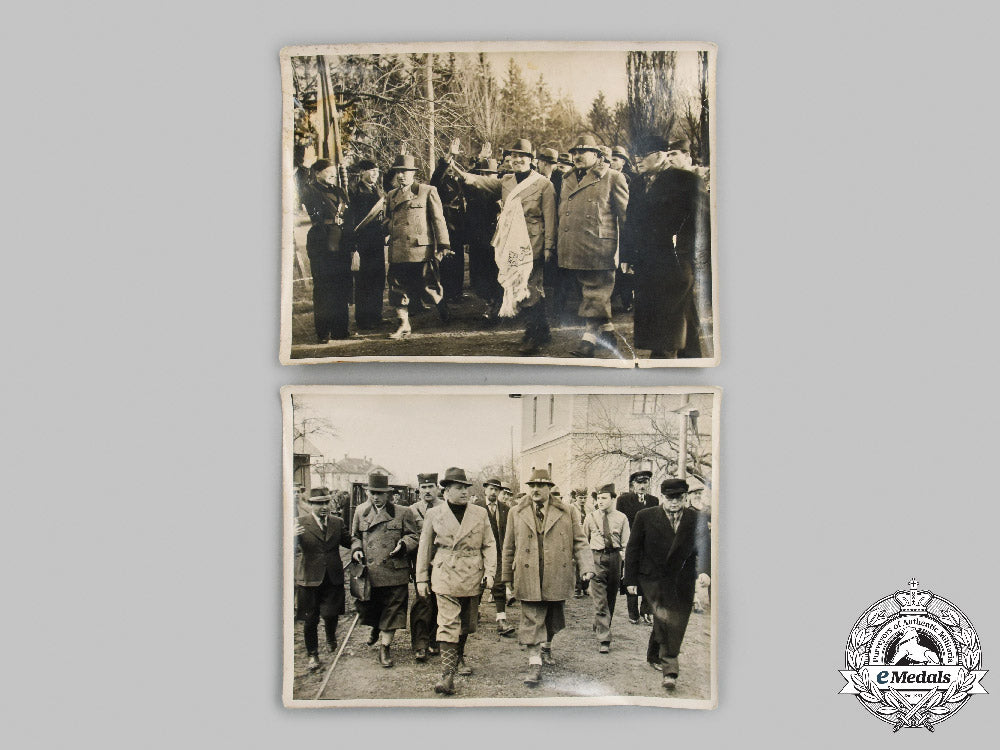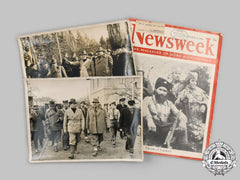
LOADING ...
In response to evolving domestic opinion, eMedals Inc has made the conscious decision to remove the presentation of German Third Reich historical artifacts from our online catalogue. For three decades, eMedals Inc has made an effort to preserve history in all its forms. As historians and researchers, we have managed sensitive articles and materials with the greatest of care and respect for their past and present social context. We acknowledge the growing sentiments put forth by the Canadian public and have taken proactive actions to address this opinion.
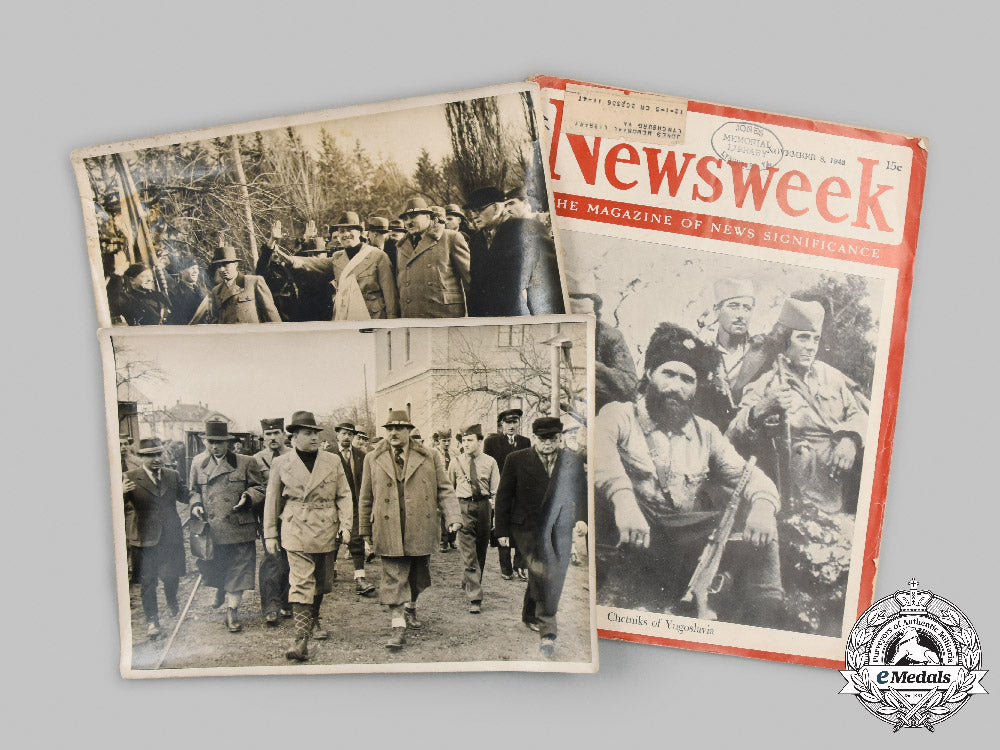
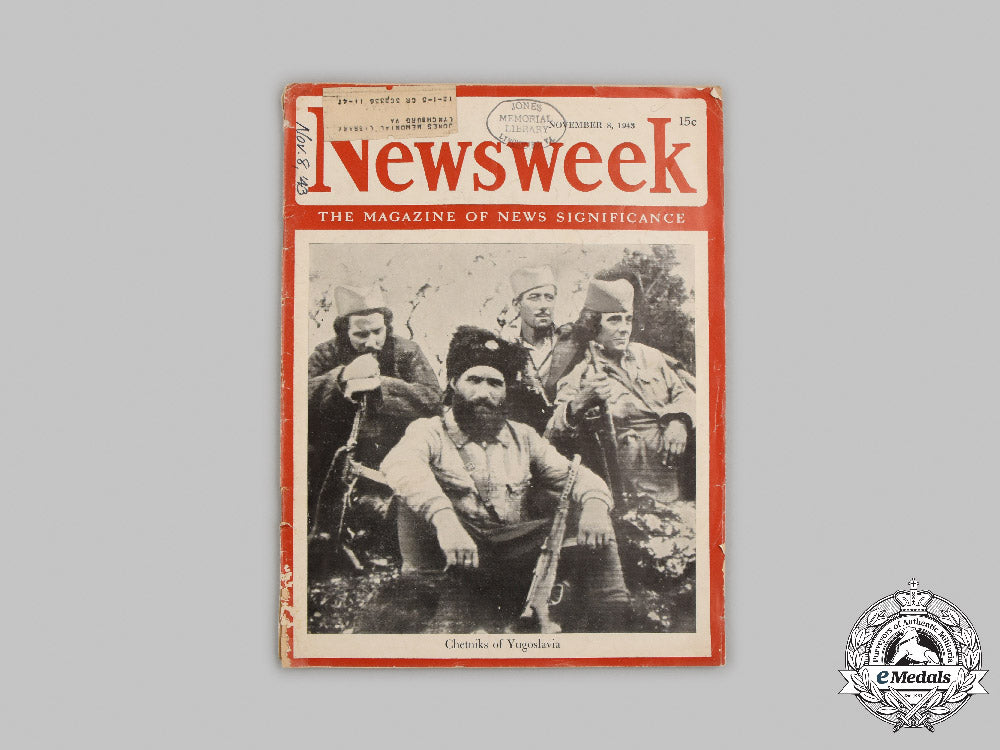
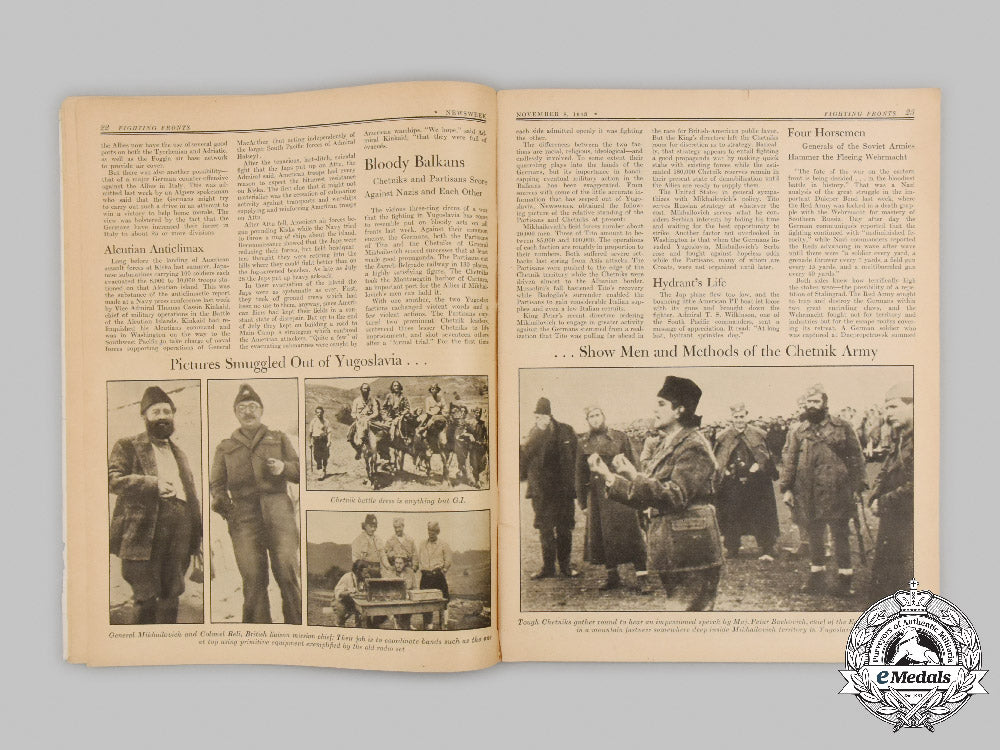
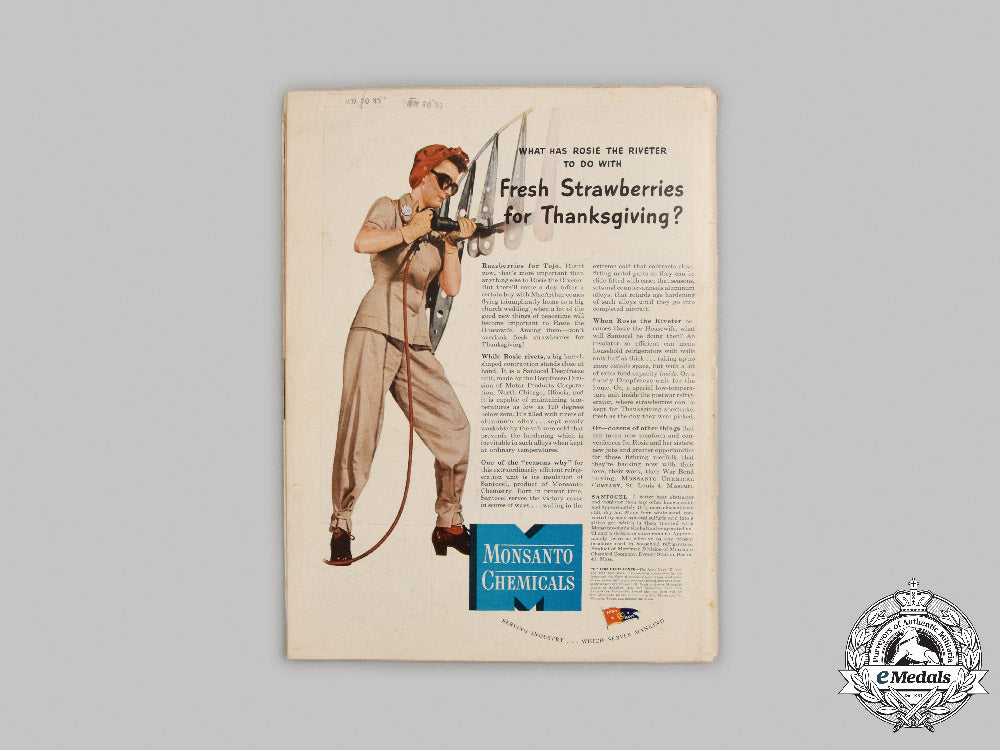
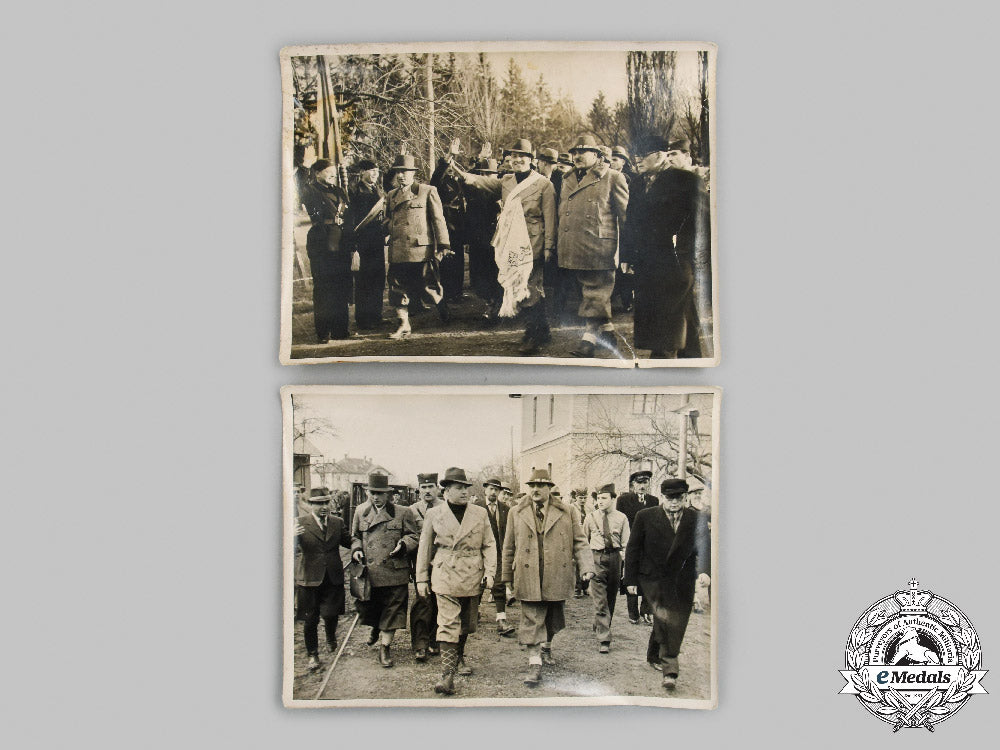
Yugoslavia, Serbia. Two Second War Chetniks Group Photographs And A Newsweek Magazine
Yugoslavia, Serbia. Two Second War Chetniks Group Photographs And A Newsweek Magazine
SKU: ITEM: EU19169
0% Buyer's Premium
Current Bid:
Your Max Bid:
Bid History:
Time Remaining:
Couldn't load pickup availability
Shipping Details
Shipping Details
eMedals offers rapid domestic and international shipping. Orders received prior to 12:00pm (EST) will be shipped on the same business day.* Orders placed on Canadian Federal holidays will be dispatched the subsequent business day. Courier tracking numbers are provided for all shipments. All items purchased from eMedals can be returned for a full monetary refund or merchandise credit, providing the criteria presented in our Terms & Conditions are met. *Please note that the addition of a COA may impact dispatch time.
Shipping Details
eMedals offers rapid domestic and international shipping. Orders received prior to 12:00pm (EST) will be shipped on the same business day.* Orders placed on Canadian Federal holidays will be dispatched the subsequent business day. Courier tracking numbers are provided for all shipments. All items purchased from eMedals can be returned for a full monetary refund or merchandise credit, providing the criteria presented in our Terms & Conditions are met. *Please note that the addition of a COA may impact dispatch time.
Description
Description
Includes:
1. two Group Photographs (in black and white, gloss finish, measuring 237 mm (w) x 178 mm (h) each, both exhibit curling, one is without flaws, the other is lightly soiled and exhibiting two tears, along with crazing in the finish);
2. Newsweek Magazine (dated November 8, 1943, the cover illustrating four Chetnik soldiers in repose and entitled "Chetniks of Yugoslavia", five additional Chetnik photos and article on pages 22-23, with other wartime themed articles and advertisements throughout, address label and stamp on the front cover indicating that it once belonged to the Jones Memorial Library in Lynchburg, Virginia, 112 pages plus cover, 104 pages on a newsprint stock, with 8 pages on a white paper stock, many of the illustrations in either colour or black with spot colour, measuring 210 mm (w) x 277 mm (h), dual-staple bound). Fine to very fine.
Footnote: At 5:12 a.m. on April 6, 1941, German, Italian and Hungarian forces invaded Yugoslavia. The German Air Force (Luftwaffe) bombed Belgrade and other major Yugoslav cities. On April 17th, representatives of Yugoslavia's various regions signed an armistice with Germany in Belgrade, ending eleven days of resistance against the invading German forces. More than 300,000 Yugoslav officers and soldiers were taken prisoner. The Axis Powers occupied Yugoslavia and split it up. The Independent State of Croatia was established as a Nazi satellite state, ruled by the fascist militia known as the Ustaše that came into existence in 1929, but was relatively limited in its activities until 1941. German troops occupied Bosnia and Herzegovina as well as part of Serbia and Slovenia, while other parts of the country were occupied by Bulgaria, Hungary, and Italy. From 1941 to 1945, the Croatian Ustaše regime murdered around 500,000 people, 250,000 were expelled, and another 200,000 were forced to convert to Catholicism. From the start, the Yugoslav resistance forces consisted of two factions: the communist-led Yugoslav Partisans and the royalist Chetniks, with the former receiving Allied recognition only at the Tehran conference (1943). The heavily pro-Serbian Chetniks were led by Draža Mihajlović, while the pan-Yugoslav oriented Partisans were led by Josip Broz Tito.
Description
Includes:
1. two Group Photographs (in black and white, gloss finish, measuring 237 mm (w) x 178 mm (h) each, both exhibit curling, one is without flaws, the other is lightly soiled and exhibiting two tears, along with crazing in the finish);
2. Newsweek Magazine (dated November 8, 1943, the cover illustrating four Chetnik soldiers in repose and entitled "Chetniks of Yugoslavia", five additional Chetnik photos and article on pages 22-23, with other wartime themed articles and advertisements throughout, address label and stamp on the front cover indicating that it once belonged to the Jones Memorial Library in Lynchburg, Virginia, 112 pages plus cover, 104 pages on a newsprint stock, with 8 pages on a white paper stock, many of the illustrations in either colour or black with spot colour, measuring 210 mm (w) x 277 mm (h), dual-staple bound). Fine to very fine.
Footnote: At 5:12 a.m. on April 6, 1941, German, Italian and Hungarian forces invaded Yugoslavia. The German Air Force (Luftwaffe) bombed Belgrade and other major Yugoslav cities. On April 17th, representatives of Yugoslavia's various regions signed an armistice with Germany in Belgrade, ending eleven days of resistance against the invading German forces. More than 300,000 Yugoslav officers and soldiers were taken prisoner. The Axis Powers occupied Yugoslavia and split it up. The Independent State of Croatia was established as a Nazi satellite state, ruled by the fascist militia known as the Ustaše that came into existence in 1929, but was relatively limited in its activities until 1941. German troops occupied Bosnia and Herzegovina as well as part of Serbia and Slovenia, while other parts of the country were occupied by Bulgaria, Hungary, and Italy. From 1941 to 1945, the Croatian Ustaše regime murdered around 500,000 people, 250,000 were expelled, and another 200,000 were forced to convert to Catholicism. From the start, the Yugoslav resistance forces consisted of two factions: the communist-led Yugoslav Partisans and the royalist Chetniks, with the former receiving Allied recognition only at the Tehran conference (1943). The heavily pro-Serbian Chetniks were led by Draža Mihajlović, while the pan-Yugoslav oriented Partisans were led by Josip Broz Tito.
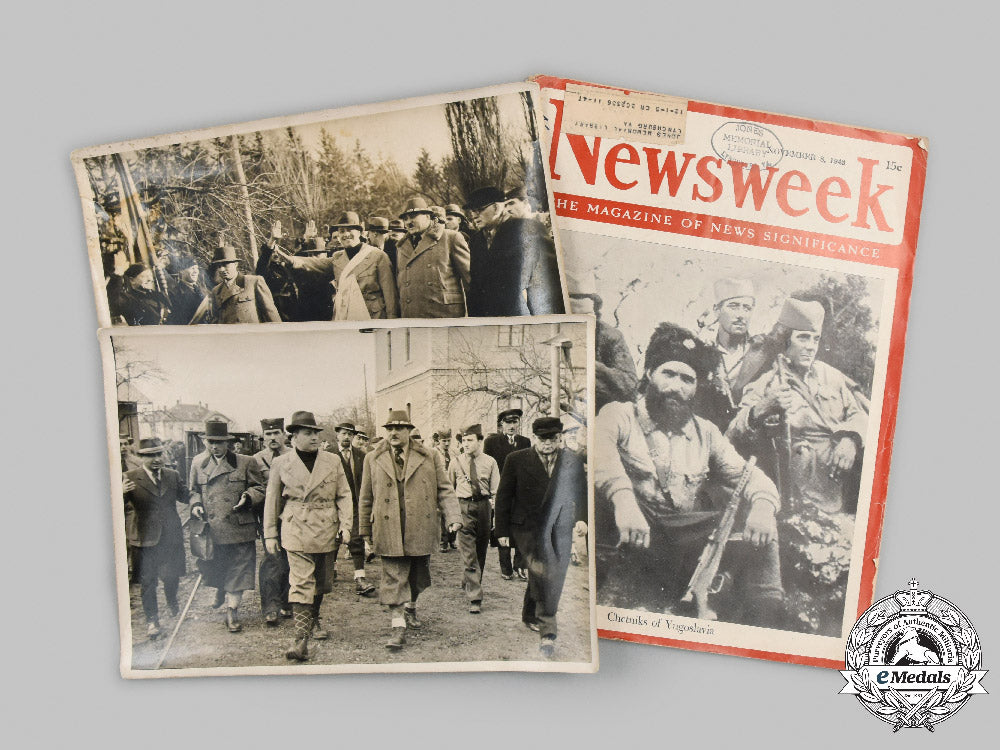
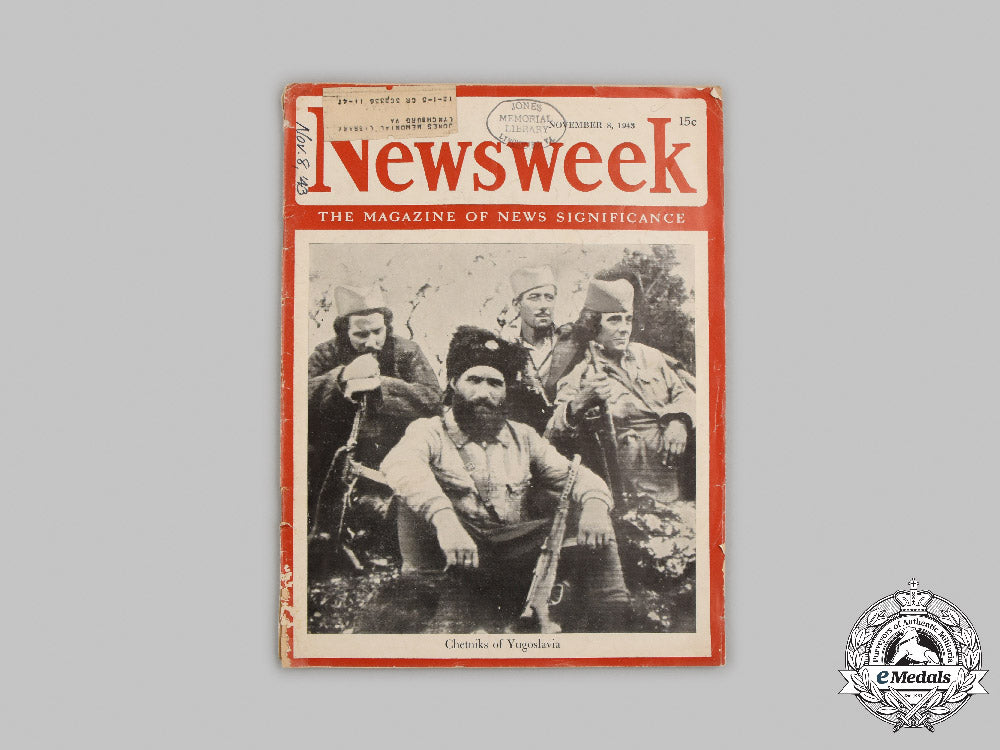

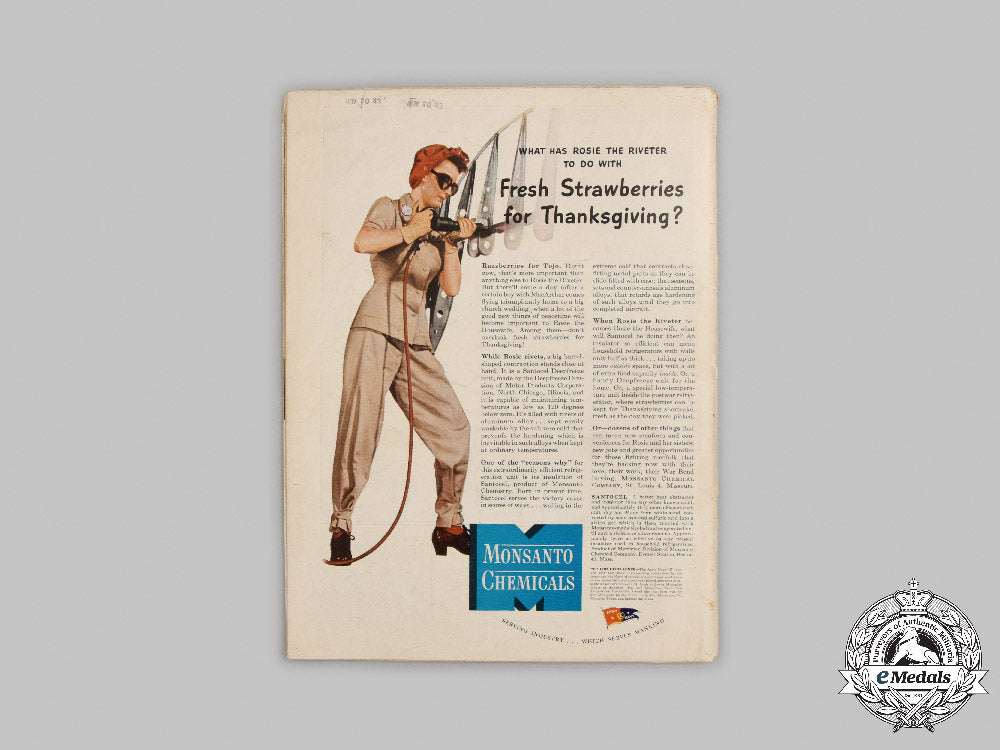
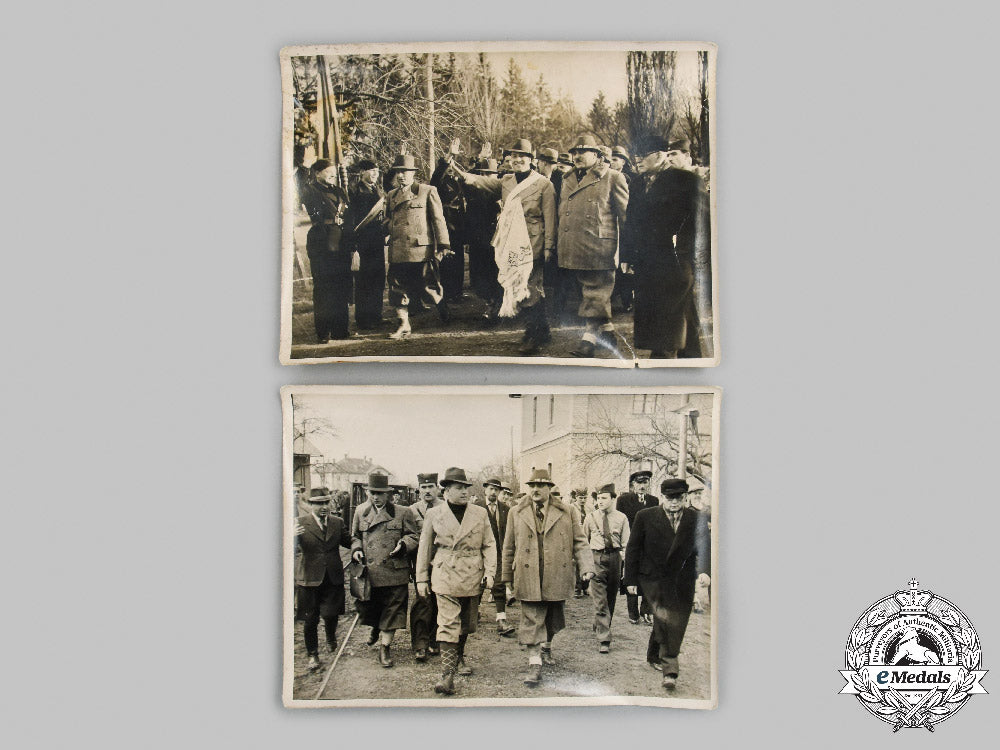
You May Also Like
Germany, Third Reich. A Mixed Lot of Tyrolean Marksmanship Badges
G52930
Germany, SS. An Estonian Waffen-SS Volunteer’s Sleeve Shield
G50381
Germany, SS. A Waffen-SS Sturmmann Sleeve Insignia
G52846
Germany, Third Reich; Slovakia, First Republic. A Mixed Lot of Wartime Postcards
G52905
Germany, Third Reich. A Pair of Tyrolean Marksmanship Badges
G52981
-
Germany, Third Reich. A Mixed Lot of Tyrolean Marksmanship Badges
G52930
Add to CartRegular price $135 USDRegular price $0 USD Sale price $135 USDUnit price / per -
Germany, SS. An Estonian Waffen-SS Volunteer’s Sleeve Shield
G50381
Add to CartRegular price $150 USDRegular price $0 USD Sale price $150 USDUnit price / per -
Germany, SS. A Waffen-SS Sturmmann Sleeve Insignia
G52846
Add to CartRegular price $135 USDRegular price $0 USD Sale price $135 USDUnit price / per -
Germany, Third Reich; Slovakia, First Republic. A Mixed Lot of Wartime Postcards
G52905
Add to CartRegular price $135 USDRegular price $0 USD Sale price $135 USDUnit price / per -
Germany, Third Reich. A Pair of Tyrolean Marksmanship Badges
G52981
Add to CartRegular price $135 USDRegular price $0 USD Sale price $135 USDUnit price / per
Do you have a similar item you are interested in selling?
Please complete the form and our client care representatives will contact you.
Sell Item